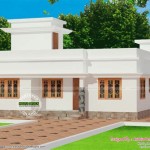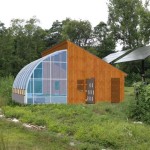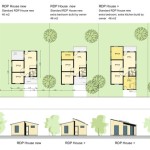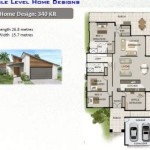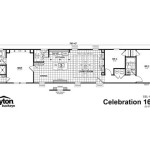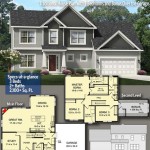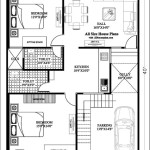Simple House Design With Floor Plan: Essential Aspects
Creating a simple house design with a well-planned floor plan is crucial for both aesthetic appeal and functionality. Here's a comprehensive overview of the essential aspects to consider when designing and planning your home:
1. Determine Your Needs and Requirements
Before embarking on the design process, it's imperative to define your specific needs and requirements. Consider the number of bedrooms and bathrooms, desired room sizes, flow between spaces, and any special features or amenities you require. This will serve as the foundation for your house design and floor plan.
2. Optimize Space and Flow
Efficient use of space and seamless flow are key to creating a comfortable and functional home. Plan the floor plan with a logical layout that promotes easy movement between rooms. Minimize wasted space by utilizing open floor plans or incorporating storage solutions into the walls and furniture.
3. Consider Natural Lighting and Ventilation
Natural lighting not only brightens your home but also reduces energy consumption. Design windows and skylights strategically to maximize daylight intake. Ensure proper ventilation through a combination of windows, doors, and exhaust fans to maintain a healthy indoor environment.
4. Define the Focal Point of Each Room
Identify the focal point of each room, whether it's a fireplace, window, or architectural feature. This focal point will guide the arrangement of furniture and create a sense of purpose and interest in the space.
5. Plan for Storage and Utility Areas
Adequate storage space is essential for maintaining a clutter-free home. Incorporate built-in closets, shelves, and cabinets throughout the house. Designate specific areas for laundry, utilities, and other practical functions to keep them organized and out of sight.
6. Prioritize Energy Efficiency
Incorporating energy-efficient features into your house design can reduce your environmental impact and save on utility costs. Consider insulation, energy-efficient appliances, LED lighting, and solar panels to enhance the sustainability of your home.
7. Visualize the Floor Plan
Once you have a rough sketch of your floor plan, create a scale model or use digital tools to visualize the layout. This will allow you to experience the flow of the house and make any necessary adjustments before construction begins.
Conclusion
Designing a simple house with a well-thought-out floor plan requires careful consideration of your needs, space optimization, natural lighting, focal points, storage, energy efficiency, and visualization. By incorporating these essential aspects into your design, you can create a functional, comfortable, and aesthetically pleasing home that meets your specific requirements.

Low Budget Simple House Design Plans For Builders Blog Builderhouseplans Com

Small House Design 2024001 Pinoy Eplans Floor Plans

Simple House Plans Blog Homeplans Com

3 Bedroom Contemporary Home Design Pinoy House Designs Plans Bungalow Floor

Low Budget Simple House Design Plans For Builders Blog Builderhouseplans Com

Stylish And Simple Inexpensive House Plans To Build Houseplans Blog Com

Est House Plans To Build Simple With Style Blog Eplans Com

Stylish And Simple Inexpensive House Plans To Build Houseplans Blog Com
Est House Plans To Build Simple With Style Blog Eplans Com

Small House Design Shd 2024007 Pinoy Eplans One Y Bungalow Plans Layout

